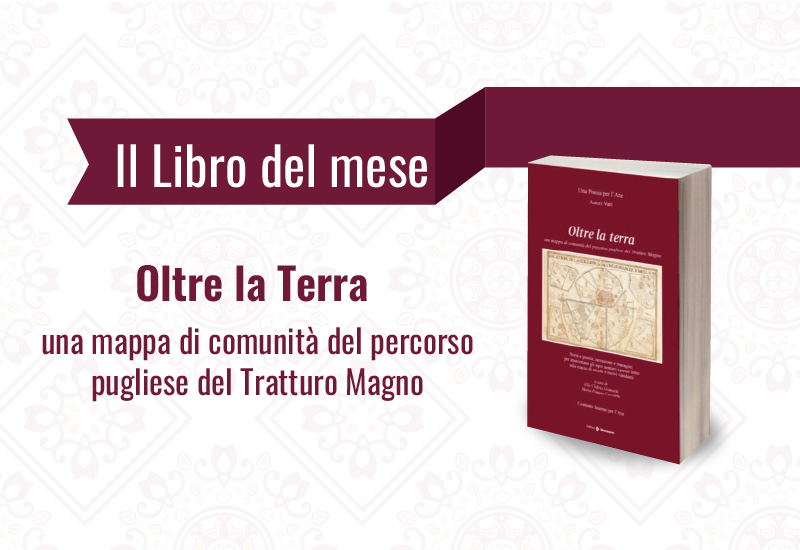The City of the Imperials
The City of Imperials
FRANCAVILLA FONTANA (br) lies at the centre of the Terra d'Otranto. It emerges amidst expanses of olive trees interspersed with more than seventy masserias, numerous trulli and dry-stone walls.
The origins of the town are lost in the meanders of history. Numerous testimonies attest to the presence of human settlements since the Neolithic, but the protagonists of the deepest past were the Messapi. One suggestion is that Francavilla rose on the ashes of the Roman Rudiae, home of the poet Quinto Ennio.
According to some scholars, the foundation of the town dates back to the year 866, when some soldiers following Emperor Ludovic II arrived here.
Popular tradition, on the other hand, dates the foundation to a miraculous event that took place on 14 September 1310: during a hunting trip by Prince Philip of Anjou, one of his men shot an arrow to hit a deer drinking at a spring, but the dart came back. An image of the Madonna and Child, the 'Madonna of the Fountain', was found on the spot, taken as the patron saint of the city, for which the prince had a church built.
Every year between 13 and 15 September, the community celebrates the Madonna della Fontana with impressive civil and religious festivities. Luminaries decorate the town's streets with lacework of light, bands take turns on the cassarmonica, and in the centre there is a riot of sweets and traditional games.
{IMAGE_4}{IMAGE_7}
In 1575, Francavilla was bought by the Imperiali family, of Genoese origin, who ruled for eight generations until 1782.
The Imperiali Castle has witnessed the town's history since 1450. Here are the ancient frescoes in the chapel of Santa Maria delle Grazie, the beautiful Sala del Camino and many other treasures. Francavilla Fontana is a town rich in history, art and culture. Its 17th-century palazzi, Baroque churches, large city gates, alleys and small squares in the historic centre are elements that characterise the town. Here, amidst evocative palaces and loggias, you can breathe in the scent of 'ricci' sugared almonds made from toasted almonds and the tasty poor man's cake 'la copeta'.
In the oldest part of the old town centre, you can admire the Basilica Pontificia Minore Maria Santissima del Rosario, with the highest dome in Salento, the Church of Santa Chiara, which houses the Statues of the Mysteries, and the Church of the Liguorini Fathers, known as the Chiesa d'Oro. One of the most important moments of city life is the Rites of Holy Week.
From Holy Wednesday to Good Friday are the most intense and participatory days: Wednesday with the dishes carried around by children who for centuries have been repeating "Cce ti piace lu piattu mia?", Thursday with the ancient pilgrimage of the Pappamusci, and Friday with the moving procession of the Mysteries followed by the 'Pappamusci cu li trai', who drag heavy crosses as a sign of devotion.
To visit Francavilla Fontana is to immerse oneself in centuries of history and relive the charm of rural culture.
To visit: Chiesa Matrice, Chiesa dei padri Liguorini, Chiesa di Santa Chiara, Chiesa di San Sebastiano, Chiesa del Carmine, Palazzo Argentina, Castello, Chiesa dell'Immacolata, Chiesa dello Spirito Santo, Palazzo Giannuzzi-Bottari-Carissimo.
Photos by: Sandro Rodia.
Text by: Vincenzo Sardiello







